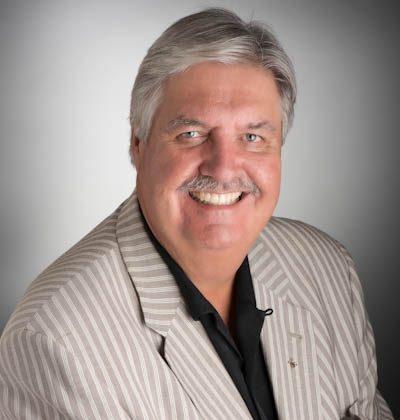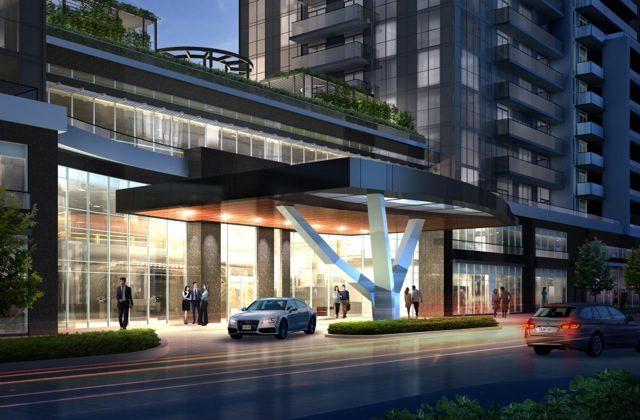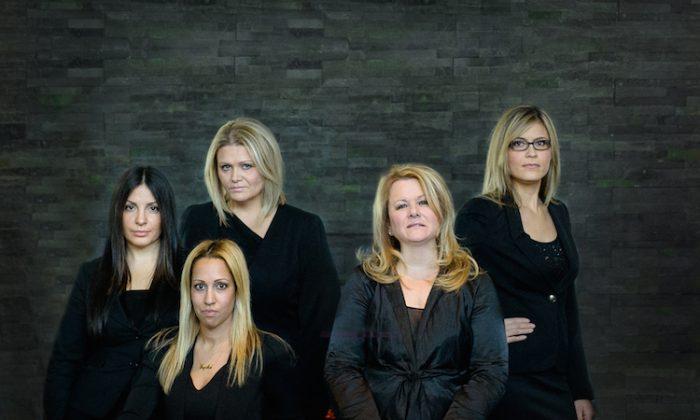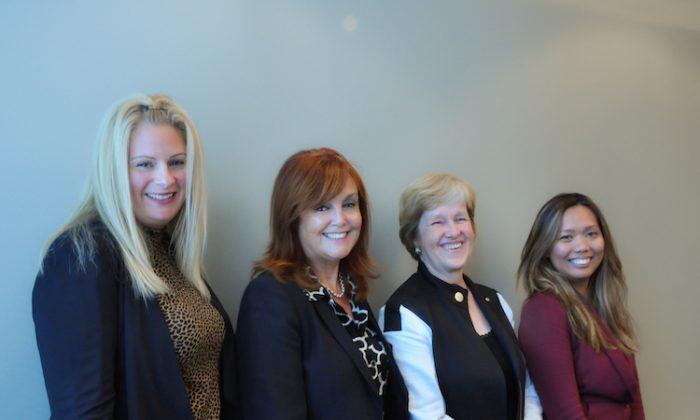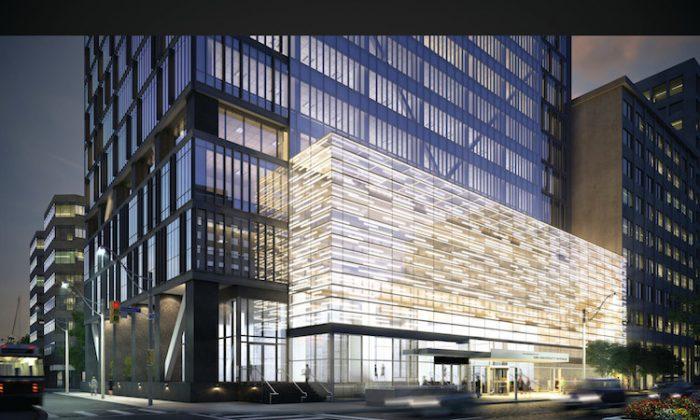“Probably 65 percent of our buyers still want that dream of a single-family home,” says Andrew Brethour, president of PMA Brethour Real Estate, one of the GTA’s largest sales, marketing and research firms.
“The only way they’re going to get it is in small-town Ontario in a commuter market.”
As we meet our intensification target throughout the GTA, land is increasingly scarce, and rising home prices within the GTA paired with mortgage restrictions are pushing buyers beyond the Green Belt.
Alliston, Beaton, Boulton, Bradford, Guelph, Fergus, Tottenham are around an hour away along our highway system. These towns have existing infrastructure and family homes are being built there.
Resist sprawl all you like, but it is happening. Population growth means we need to build to capacity on every sort of tributary we already have, as well as building new transit and roads.
“Government, regardless of political stripe has, for 30 years, ignored transit, highway, and subway development,” says Brethour, who feels our current crisis must be an opportunity to start getting things right.
“We’re so far behind—probably 25 years behind.”
Before you roll your eyes, Brethour has a personal anecdote to offer. He was part of the team that worked on Toronto’s Olympic bid for the 1996 Summer Olympics. Twenty-five years ago, it was a fight between Toronto and Atlanta, the two final contenders.
“I had to pick up a (Olympic) delegation at the airport and take them to the Royal York Hotel,” Brethour said.
The delegation had just come from Atlanta, which already had a brand new airport with a subway stop, making the airport a 17-minute ride from Five Points, its central hub (think Yonge/Bloor Station). The delegation simply took the subway from the airport, exited one stop from Five Points, and took an escalator to the OMNI hotel.
If you live in Toronto, I’m guessing you know what happened next. Brethour picked the delegation up at Pearson. They were welcomed by the sight of Terminal One in the midst of construction.
“We got in a traffic jam on Hwy 427 and it took us two and a half hours to get from the airport to the Royal York Hotel. I could see the expressions on their faces.” Ouch.
Somehow we were successful in our bid for the Para-Pan/Pan American Games, and sure enough, our Metrolinx is keeping construction of the Union-Pearson express on schedule.
The formation of Metrolinx is a huge step forward for the GTA. “For the first time in a long time we have an agency that’s taking a look at how we move people, goods and services around Toronto,” said Brethour.
The question now is where the money is going to come from.
Anne Golden is the president of the Conference Board of Canada, a non-profit applied-research organization. Recently commissioned to propose funding options for transit, Golden came forward with a number of important ideas.
First, the Conference Board made it clear that without a stand-alone fund dedicated to transit, the money would trickle away if dumped in the general revenue pool. Second, transit funding needs to come from dedicated revenue streams.
The report suggested funding come from multiple sources, such as a combination of a 3–5 cent rise in gas prices, a small rise in corporate tax, and an allocated amount siphoned off the HST on gas.
Brethour has some creative ideas of his own. “Why don’t we change the name of the land transfer tax to the land transit tax?”
Both the province and the City of Toronto tax home sales. The province only taxes the sale of new homes, which are subject to HST. As the condos from the 2011-12 boom are delivered, a glut of tax revenue is headed their way.
With both a municipal and provincial election on the agenda, and Premier Wynne making transit delivery a key part of the spring budget that may or may not trigger an election, these are questions we voters must ask.
